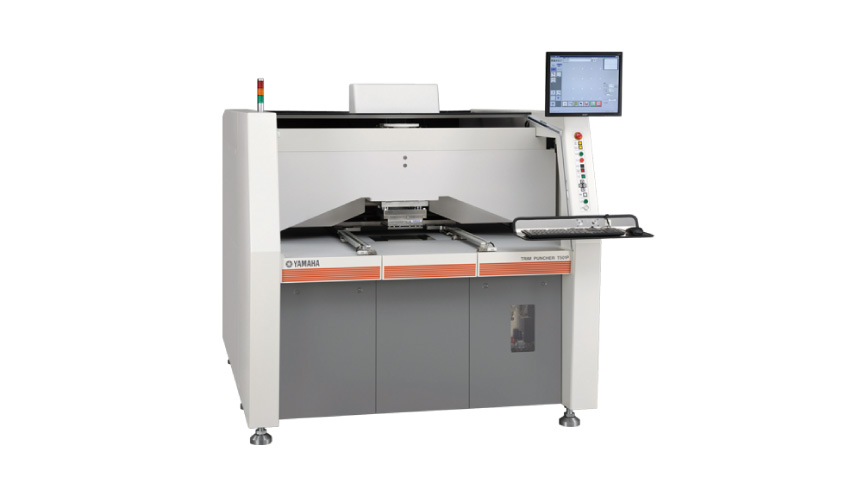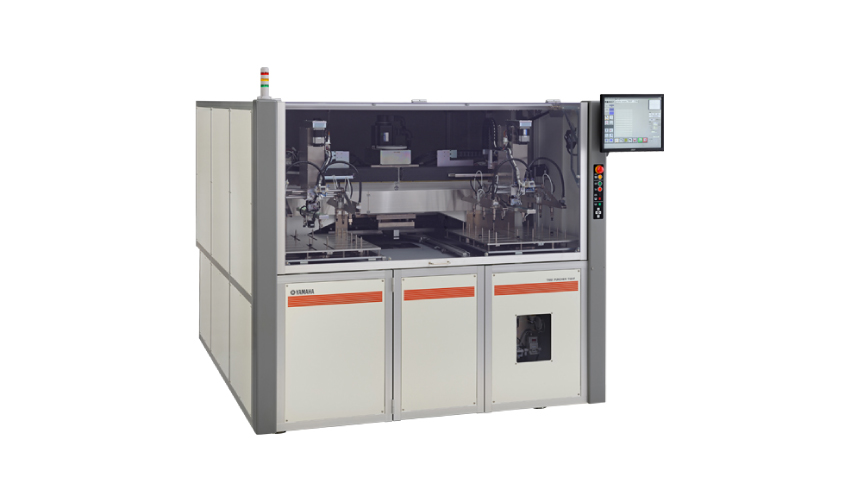High-precision trimming of PCB connectors
Trimming before knocking out individual pieces enhances quality and productivity
Overview
Target
Circuit board manufacturersBackground
The spread of wearable devices is propelling circuit boards towards higher density and lower height.We introduced trim punchers to address issues with processing precision and process efficiency in outline punching of bare circuit boards.
Application examples
Flexible and rigid-flex circuit boards![[Image] Flexible and rigid-flex circuit boards](./file/795/pm_img01.jpg)
The challenge is to reconcile quality with productivity
The processing precision achievable with batch pressing is limited, and quality is unstable. Batch pressing also requires numerous workers for mass production, increasing personnel costs. Furthermore, machining requires many tooling holes, which increases process loads, reduces the number of products which can be made per unit area, and lowers material efficiency.
Challenge
The batch outline punching method using presses had issues with processing precision, high defect rates, and running costs.Points
- Limits to procession precision
- Low yield rates
- Fewer products per unit of material
Conventional method
![[Image] Conventional method](./file/794/pm_img02.png)
Solved by trim punchers
Terminal areas require high quality, and processing them first with precision of ±20 µm improves yield. Moreover, processes can advance as far as outline punching on full board size, which saves on tooling holes and cutting processes, and raises productivity. Process efficiency is also improved in many areas such as equipment availability factor, labor costs, retooling time, and tool costs.
Solution
Punching out connector areas with high precision while boards are still at full size improved both quality and production efficiency.Points
- Improved process capacity (Cpk)
- Improved efficiency through a reduced number of processes
- Improved material efficiency
Solution
![[Image] Solution](./file/792/pm_img03.png)



